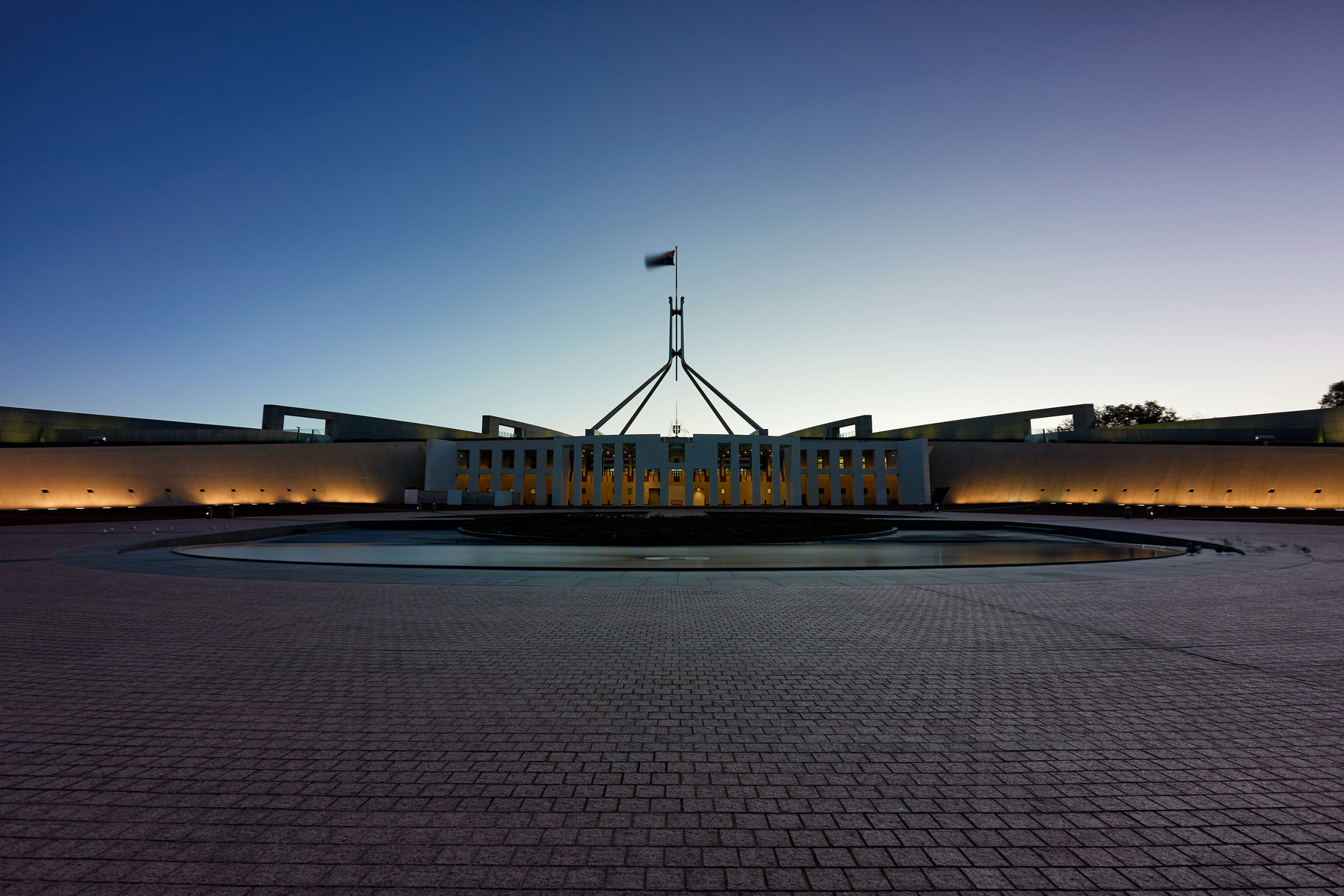E O S R
Wow.. a lot has changed since the last time I posted a new edit. I’m not gonna talk about all the bad and the dreaded plague that has spread across the world - as an emergency doctor that takes up enough of my life. Instead let’s talk about why I’ve been MIA for so long.
Back in Jan I sold my 1dx Mk II, with the plan to upgrade to the Mk III in Feb. I figured a month off photography would be doable and I wouldn’t go to insane, but then the Canon R5 happened.. For any of you that are photographers you are probably sick of hearing about the R5, but for the non-photographers out there let me tell you why it was significant and switched me from DSLR to mirrorless.
First off, WTF is a DSLR and how does it differ from a mirrorless?? A DSLR (Digital Single-Lens Reflex) is a digital camera that has a big mirror between the lens and the imaging sensor. This mirror reflects the image that enters the lens into your viewfinder, and aims to show you the closest image through the viewfinder that your camera will capture. When you hit the shutter release, the mirror flips up and out of the way so the light/image from the lens travels back and hits the sensor. Generally DSLRs are larger, faster with better image sensors and thus better images.
A mirrorless camera on the other hand has - you guessed it - no mirror. The image you see through the viewfinder is a digital approximation from the sensor. These cameras are generally smaller with smaller sensors (although this is not really true anymore). In the past the lack of an optical view has always caused and issue when trying to track and focus on moving subjects (eg. sports photography) as there is a delay with the digital image. Over the last few years, however, there have been significant advances and most companies are putting out full frame mirrorless cameras that take awesome images.
So why did the R5 switch me to mirrorless? Well basically because it’s almost better than the flagship 1dx Mk III in almost every way: better sensor (45MP), better video (8K 30fps no crop), great shooting speeds for sports (12fps mechanical, 20fps digital), and a lighter/smaller body (much better for travel, not breaking your arms etc). These are all great specs, but truely the most important factor that switch me over to Canon mirrorless were the lenses. The new RF glass is so sharp I just couldn’t resist the pull from the old (and soon to be discontinued) EF lenses which are made for their DSLRs. Also.. the R5 will be cheaper than a new 1dx - saving money is always great.
OK Nelson, that’s all really interesting (or not), but what does this all have to do with you being MIA for 3 months? Well, sadly the worst part of the Canon R5 is that it isn’t slated to come out until July 2020, and now with the plague, Canon has shut its manufacturing in China. Realistically, it’s unlikely we’ll see this Camera before late 2020. So being the impatient person that I am, I’ve purchased an EOS R (R5’s baby/older brother?) in the interim.
The shot above was my first test of the camera with a the Canon RF 70-200 F2.8 (it arrived before my landscape lens haha). Bondi beach, closed and empty because of COVID-19. Never thought that would happen, it’s surreal. Keep safe out there everyone!

















